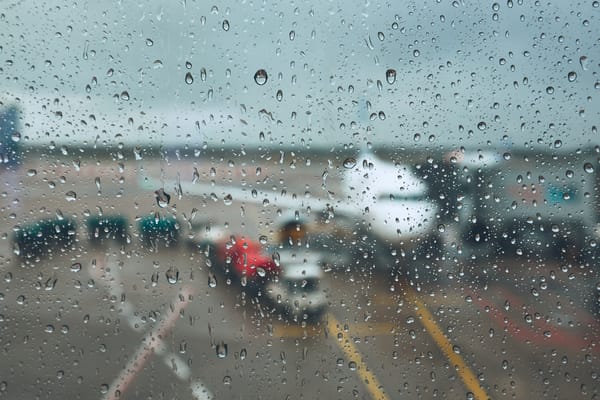Silent Running: a tale of plants, robots and anxiety
Environment editor Hahyun Lee reflects on Douglas Trumbull's 1972 extraterrestrial project "Silent Running"

In the world of film, this year’s February marked the passing of Douglas Trumbull—one of the greats of visual effects, he was the force behind 2001: A Space Odessy, Blade Runner, and The Tree of Life, among others. He was also the director of the 1972 environmental sci-fi cult classic, ‘Silent Running’.
‘Silent Running’ is a cosy, charming, and eco-conscious movie, about our botanist protagonist, Freeman Lowell, who spends his time onboard a spaceship orbiting Saturn, tending to his crops and wildlife until Earth becomes habitable again. When the spaceship receives orders to blow up the gardens, his crewmates see no problem and oblige, to Lowell’s dismay. Along with three small robots, played apparently by bilateral amputees, Lowell does what he needs to (to put it lightly), to protect his space garden from the powers that be—driving home a, if slightly tinged with the cynical, kumbaya message about the need to protect our plants. Expectedly, the visual effects are great, adding a hazy warmth throughout the entire runtime, particularly with the robots, who give surprisingly emotive performances—a legacy continued in films like Pixar’s ‘WALL-E’ and Wallace & Gromit’s ‘A Grand Day Out’.
The release of the movie found itself in the middle of a popularity boom for the environmental movement. The expansion of the movement in the 60s and 70s, at least in the United States, initially sparked through works like Rachel Carson’s ‘Silent Spring’, led to the creation of organisations such as the United States Environmental Protection Agency and Greenpeace, as well as the signing of laws like the Endangered Species Act of 1973, and even the founding of Earth Day in 1970.
This period in the West was a time of increased awareness on an increasing scale: through their televisions, members of the public were exposed not only to the world’s largest spectacles (The Beatles on The Ed Sullivan show), but also to its war crimes (Vietnam). Earth Day itself was inspired by news coverage of the 1969 Santa Barbara Oil Spill as well as the ‘Earthrise’ photograph from Apollo 8, which in tandem produced a collective fervour on the ground, with the first Earth Day happening across cities almost entirely through self-organisation.
The combination of anger and awe seemed to be the driving force of this type of activism, and in many ways, are the two conflicting emotions in ‘Silent Running’. Throughout the film, scenes of Lowell going about his business whilst growing frustrated at his inconsiderate crewmates are interspersed with unhurried scenes of the spaceship, in all its elegance, glacially orbiting Saturn, accompanied by ballads with titles like ‘Rejoice in the Sun’ sung by folk singer Joan Baez. The final moments of the film reinforce those tranquil scenes, ending the runtime on a seemingly hopeful note. However, as a viewer, it is difficult not to read something melancholic and wistful in that ending too, considering some of the bleaker moments scattered across the plot until this point.
And such is the story of environmentalism too. Often, engagement with topics of climate change or the biodiversity crisis have their conclusions in despair and feelings of hopelessness. The term ‘eco-anxiety’ has been coined to describe the distress caused by climate change, which has been found to be more prevalent in younger age groups, and even more so for those in the global south, according to a literature review from last year. Mala Rao and Richard Powell, writing in the ‘British Medical Journal’, suggest, ‘the mental health impacts of the climate crisis have profound implications. Psychological responses, such as conflict avoidance, fear, helplessness, and resignation, are serious barriers to collective action to mitigate further global warming…’.
It is clear that this type of anxiety can become encompassing and paralysing for the engaged citizen. However, if we are to recreate the enthusiasm of environmentalism in the 60s and 70s, we require our ‘Earthrise’, as much as our Santa Barbara Oil Spills, as fear of something disappearing only matters if that something is worth protecting. ‘Silent Running’, even with its backdrop of destruction and isolation, finds time to have its moments of beauty and quietude in nature, not just as moments of respite, but of justification for itself.








